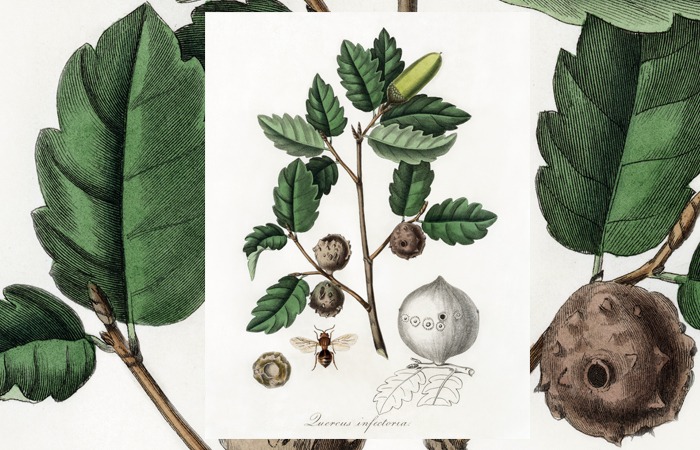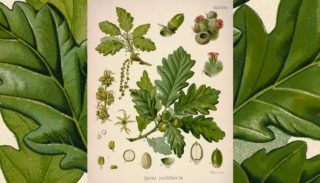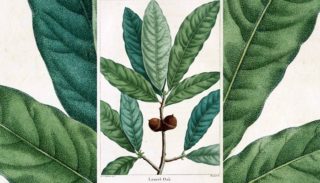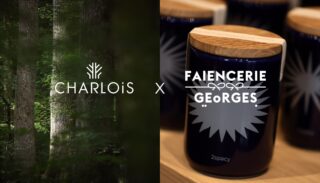The Gall Oak
15 April 2021The Gall Oak (Quercus infectoria), also called Aleppo Oak or Israeli Oak, is a tree from the Fagaceae family.
A tree with late deciduous or marcescent* foliage, the gall oak is a small tree generally measuring 3 to 6 meters in height. It has an open crown and deeply fissured bark. Its leaves, 2 to 8 cm long and 1 to 6 cm wide, vary in appearance. Their edges may be wavy, entire, sinuate, or crenate-toothed and sometimes dentate with 4 to 9 pairs of mucronate or mutic** teeth. The acorns of the gall oak are elongated cylinders (2.5 to 4 cm long and 1.2 to 1.8 cm wide), housed in hemispherical cups that enclose between a third and a fifth of the acorn.
Geographic Distribution of the Gall Oak
The natural range of the gall oak extends to the eastern part of the Mediterranean basin, from Greece to Turkey, passing through the Near East (Israel, Lebanon, Syria, Iraq, and Iran).
Uses of the Gall Oak
The wood of the gall oak is used as firewood and for making charcoal.
The gall oak is primarily cultivated for its gall nuts, pathological growths produced in response to the sting of female cynipid insects that lay their eggs inside them. The larvae develop inside the gall nuts, feeding on the starch they contain.
Rich in tannins (between 60% and 70% depending on the type), gall nuts are used in:
Traditional medicine for their astringent and tonic properties,
Dyeing and the production of inks and food colorants.
The most prized gall nuts are those from Aleppo.
Unique Features of the Gall Oak
The species was described by naturalist and entomologist Guillaume-Antoine Olivier in 1801 in his Atlas for his travels in the Ottoman Empire, Egypt, and Persia It was later introduced to England in 1822. The scientist named the excrescence « galle du commerce » due to its economic importance in the eastern Mediterranean basin.
*Marcescent: Refers to foliage that dries in the autumn but remains attached to the plant until new leaves sprout the following spring..
**Mucronate: With a very short, straight, and stiff tip at the end.
Visual © D.R.








